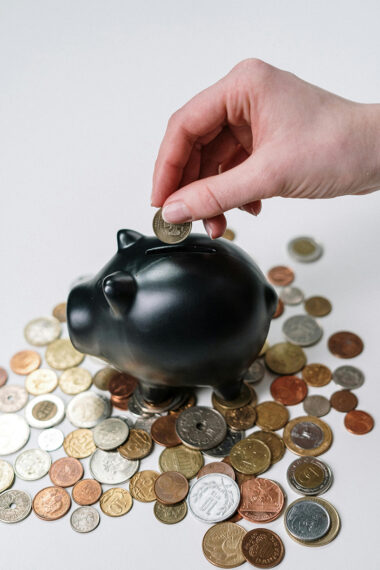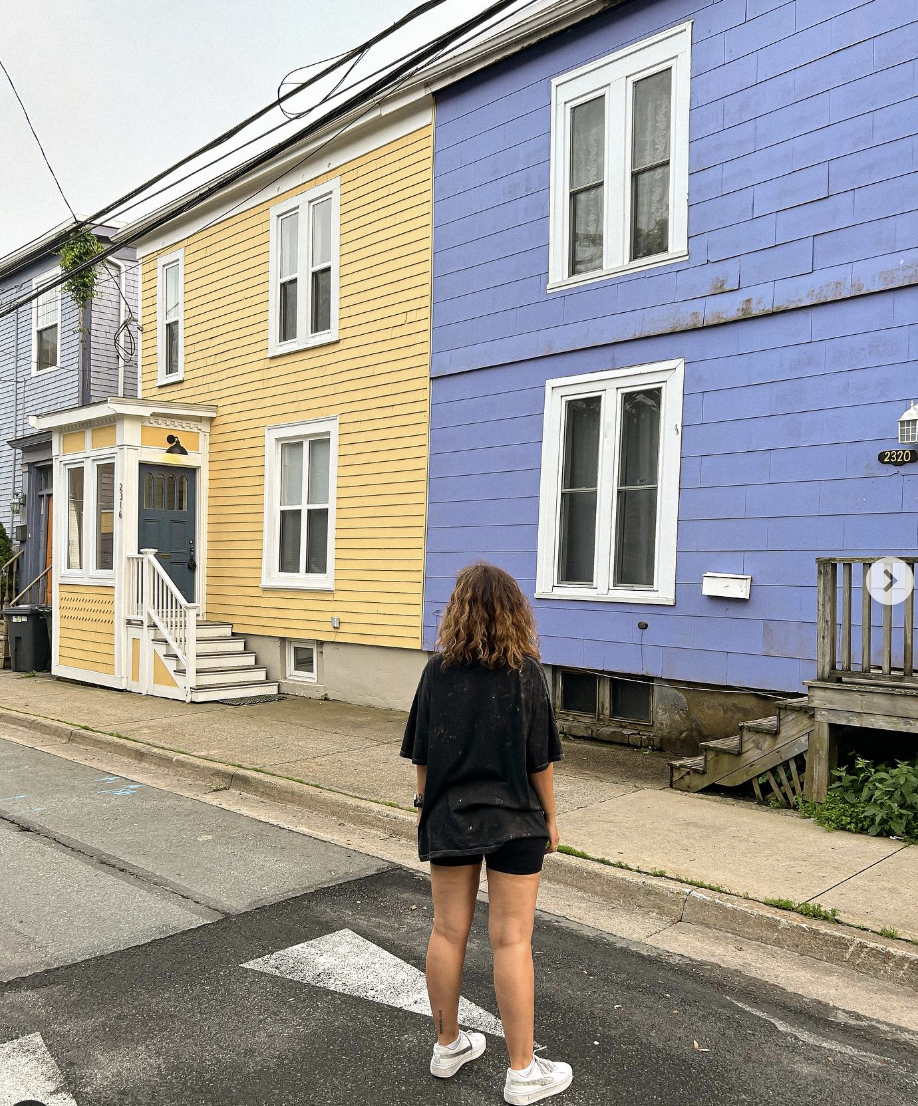One of the first things you’re going to have to do when you move to Canada is open a bank account. I talked about it briefly in the Newcomer’s Guide to Toronto, but in this article, we’ll go into more detail to answer the question that comes up so often in my Instagram posts (by the way, if you haven’t already, follow me!): how do you choose your bank in Canada?

Some information about banks in Canada
Before getting to the heart of the matter, I’d like to share with you a few things you need to know about banking in Canada:
- If you want to transfer money from your bank account in your country of origin to Canada (or elsewhere) you can use Wise to get the best rates.
- You’ll be able to obtain bank documents in French from any bank – it’s compulsory, just ask.
- The same goes for customer service on the phone, you’ll have the option of French or English when you call. In general, the French line is slower (fewer resources), so you’ll have to be patient!
- The same applies to cash dispensers: you can select French.
- Checkbooks are not free in Canada, but you may be able to negotiate this with your bank advisor. When I checked last year with Scotiabank, it was $50 for 50. I might as well tell you that I turned my apartment upside down to find the ones I had already bought in 2017 and couldn’t find. For the record, I found them!
- You will be charged if you withdraw money from another bank or from a mobile ATM
-
You’ll often hear about “interac” or “e-transfer”. It’s a way of sending money between 2 accounts. You’ll need the person’s phone number or email address, and you’ll need to ask a question and share the answer with the recipient (or not, if the person opposite has autodeposit). You can even use it sometimes to buy on a market, for example, and it’s free (check with your bank advisor).
If you’d like more information on money in Canada, I’ve got a video on Youtube available: 11 things to know about money in Canada.

The 5 biggest banks in Canada
Now that we’ve seen some essential information about banks in Canada, let’s talk about these famous banks, starting with Canada’s 5 biggest:
- Scotiabank / Banque de Nouvelle-Écosse
- RBC – Royal Bank of Canada / Banque Royale du Canada
- CIBC – Canadian Imperial Bank of Commerce / Banque canadienne impériale de commerce
- TD – Toronto-Dominion Bank / Banque Toronto-Dominion
- BMO – Bank of Montreal / Banque de Montréal
In addition to these banks, you also have other options like these. I invite you to discover the full list accessible here:
- HSBC (foreign bank)
- Banque Nationale du Canada (more present in Québec)
- La banque Laurentienne / B2B Bank
- Desjardins (more present in Québec)
- CS Alterna Bank
And then there are the online banks, I’ll just mention the 3 that seem to be the best known according to my research (I only knew about the first one before preparing this article!).
- Tangerine
- EQ Bank
- Simplii Financial

How to choose a bank in Canada?
Does the bank have branches near you?
The first thing I recommend you do is look at the banks available in your town and neighbourhood. Choosing a bank that isn’t available in your area will make things a little more complicated. You won’t be able to get there to meet your advisor, or to come and ask your questions if there’s a problem. I know that most of the online content about Francophones in Canada comes from people based in Quebec, and that’s often how you’ll prepare yourself. But if I could give you one piece of advice, it’s to really look for the bank that will be in your province, because things change quite a bit when you leave Quebec. For example, Desjardins is a fairly large bank in Quebec, but only has a few branches in Ontario.
The number of ATMs available in your city/neighborhood
This second point ties in with the first. Knowing that you’ll be charged for withdrawals from other banks’ ATMs, it’s important to have your own bank’s ATMs nearby.
After these 2 steps, you’ll already have an idea of which banks to look at in greater depth.
Compare newcomer offers from Canadian banks
Banks in Canada offer newcomer packages. What can you expect from these offers? A fee waiver for the first year, for example, a second credit card on a joint account with no fees. Or maybe a gift like a pair of AirPods. Shop around and find the offer that suits you best.
This step can make the difference between two banks that are on the same level on other elements.
Ask if they have someone in the branch who speaks your language
When you’ve identified several banks that meet your criteria: ask them if they have someone in their branch who speaks your language. It’s always nice to be served in a language you’re more fluent in. If the branch closest to you doesn’t have someone who speaks your language, ask if they have someone in another branch nearby.
Compare bank fees
Here are a few fees to keep an eye on when choosing a bank in Canada:
- Fees for ATM/ATM withdrawals outside your bank
- Fees for interac transfers
- For payments abroad
- Management fees
- Cheque requests
- Fees for exceeding the number of transactions included with your debit card)
- Interest charges.
Read customer reviews
I’d tell you not to believe everything you read. Unhappy people are often more vocal than satisfied people. Do some research to see what the Internet has to say about this bank. This will help you find out more, so you don’t miss out on important information or a big problem they’ve had recently, for example.
Personally, I’ve already tested TD Bank and Scotiabank and I’m pleased with both my experiences.
Make an appointment at a branch
At this stage of your research, you should have narrowed down the list of potential banks. The next step is to go to a branch, which you can visit with or without an appointment. Sometimes they are available and can see you quickly. In all cases, the aim is to see how you’re received, how you feel and whether you connect with your contact. Ask all your questions, and ask for more time if you need it. Don’t rush, and above all, don’t let anyone rush you.
The credit card
The last step: ask them if they’ll give you a credit card right away. It’s really hard to know why some banks and advisers give credit cards quickly, and others don’t. So don’t expect to get one straight away, but it doesn’t hurt to ask! So don’t expect to get one straight away, but it never hurts to ask!
I’ll talk more about the difference between a debit card and a credit card. What having a credit card entails, the advantages and dangers in a future video on Youtube and an article here.
I hope this article has helped you! Feel free to watch the accompanying Youtube video for even more information.
See you soon,
Astrid
















1 comment